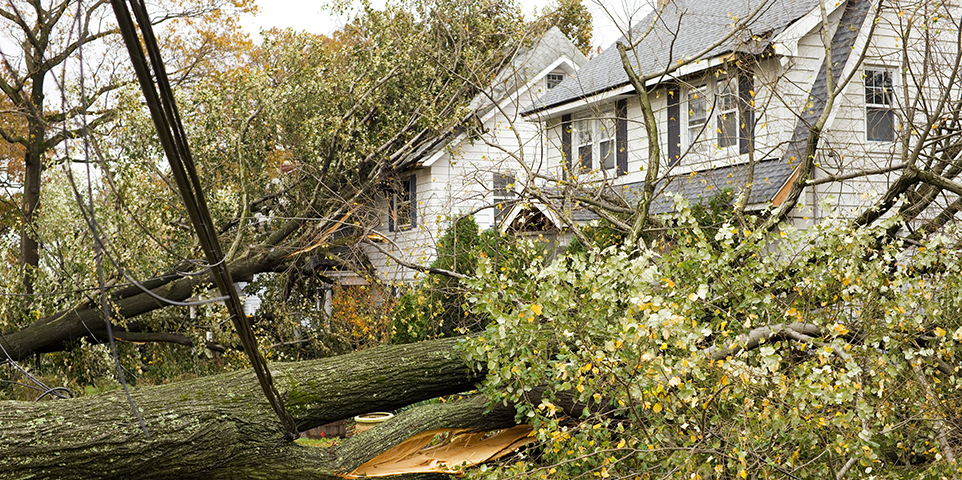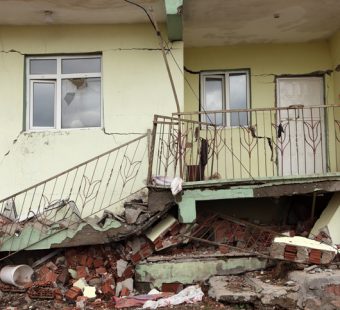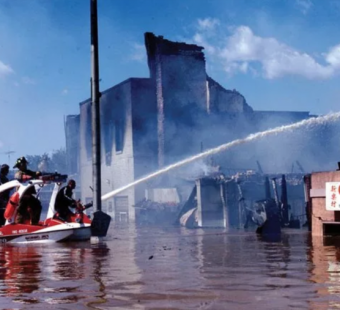
Community-Based Catastrophe Insurance: Four Models to Boost Resilience
Jeff Dunsavage, Senior Research Analyst, Triple-I
2/15/2021
Many households and small businesses don’t have sufficient savings to repair and rebuild after a natural disaster. Insurance is a vital source of recovery funds, but many are uninsured or insufficiently insured. This insurance gap doesn’t just reduce their resilience; the impact can slow the recovery of entire communities.
Community-based catastrophe insurance (CBCI) – arranged by a local government, quasigovernmental body, or a community group to cover individual properties in the community – may help close the coverage gap. A recent Marsh & McLennan report looks at such arrangements and how they can promote community resilience.
In addition to improving financial recovery for communities, CBCI can provide more affordable disaster insurance coverage and could be linked directly to financing for community-level hazard mitigation. It offers multiple delivery models so officials and risk managers can explore and implement CBCI as part of an integrated risk management strategy.
Four broad institutional structures for CBCI illustrate the different roles and responsibilities of the community and other partners:
• A facilitator model
• A group policy model
• An aggregator model
• Purchase through a community captive.
In these frameworks, the community’s role and responsibility increase from lowest to highest. In the first, the community is more of a facilitator and a negotiator. In the second, it takes on a role in distribution, choosing insurance options and collecting premiums. In the third, the community plays a dual role: as the insured on a contract with a reinsurer and as the disburser of claims funds.
The fourth model harnesses an existing structure — an insurance captive — that enables the community to provide disaster policies.
“In all cases, the community could offer the coverage for a property owner to voluntarily decide to purchase, or there may be a few instances where a community would compel residents to purchase coverage,” the Marsh report says. “When coverage is voluntary, however, a community would likely need to offer purchase incentives to achieve goals of widespread take-up of the coverage.”
The report describes the four models in detail and provides a five-part roadmap for implementation.



